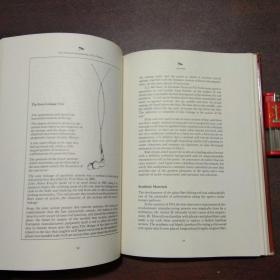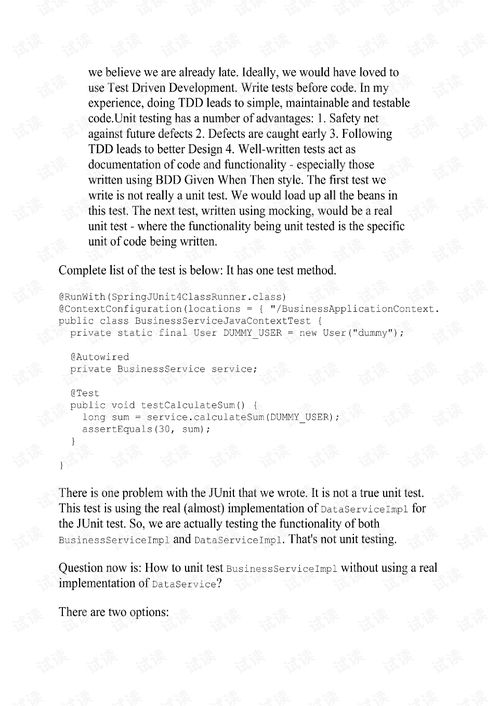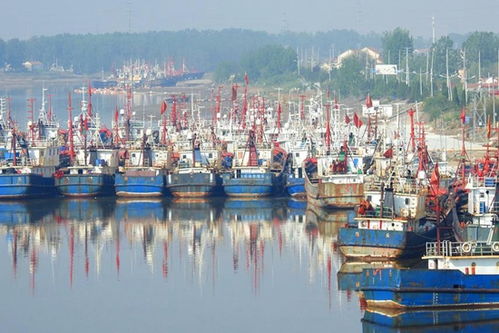Introduction:
Fishing for carp, especially in a controlled environment like a fishing pond, can be a highly rewarding experience. Among the various species of fish that anglers target, the common carp (Cyprinus carpio) is particularly sought after for its resilience and the thrill of the catch. In this article, we will delve into the art of catching carp, focusing on the specific techniques that can help you improve your chances of landing a beautiful specimen. Whether you are a seasoned angler or a beginner, these tips will equip you with the knowledge to tackle the water and become a skilled carp fisherman.
Choosing the Right Location:

The first step in your carp fishing adventure is selecting the right fishing pond. Look for a location that is known for its carp population and has a good reputation among local anglers. A well-maintained pond with clear water and abundant vegetation is often a good bet for finding carp.
Understanding Carp Behavior:
Carp are bottom feeders and are most active during the early morning and late evening. They are also known to be attracted to food sources, such as insects, seeds, and grains. Understanding their feeding patterns can help you determine the best times to fish and the types of bait to use.
Choosing the Right Equipment:
To successfully catch carp, you'll need the right equipment. Here are some essential items:
- Rod and Reel: A heavy-duty rod and reel combination is ideal for handling the fight that carp can put up. Look for a rod with a fast action and a strong backbone.
- Line: Use a strong, yet flexible line that can withstand the pressure of a carp's strong pull. A monofilament line with a breaking strength of 10-15 pounds is a good starting point.
- Hook: A size 6 to 10 hook is typically used for carp. The size may vary depending on the bait you choose.
- Bait: The type of bait you use can vary, but common options include boilies, pellets, corn, and bread. Experiment with different baits to see what works best in your chosen fishing pond.
Setting Up Your Bait:
Once you have your equipment ready, it's time to set up your bait. Here are some tips:
- Boilies: Boilies are a popular choice for carp fishing. To ensure they sink properly, thread them onto your hook and add a little weight if necessary.
- Pellets: Pellets are small, dense, and designed to sink. They can be used alone or mixed with other baits.
- Corn: Corn is a natural attractant for carp and can be used as a standalone bait or mixed with other ingredients.
- Bread: Bread is a versatile bait that can be used in various forms, from dough to crumb. It's important to ensure that the bread is well-soaked to prevent it from floating.
Presenting Your Bait:
The way you present your bait can significantly impact your success rate. Here are some techniques to consider:
- Drop Shot: This technique involves dropping your bait close to the bottom and then slowly retrieving it. It's effective for targeting carp that are feeding near the bottom.
- Carrot Rig: The carrot rig is a simple setup that involves a piece of bread or other bait on a hook, attached to a mainline with a short leader. It's a great way to attract carp from a distance.
- Leach Rig: The leach rig is similar to the carrot rig but uses a piece of boilly or a similar bait. It's designed to imitate the movement of a natural prey item and can be highly effective.
Patience is Key:
Carp can be unpredictable, and patience is crucial. It's not uncommon to wait for hours before you get a bite. Stay focused, and remember that the best catches often come when you least expect them.
Safety First:
Always prioritize safety when fishing. Wear appropriate clothing, use sunscreen, and be aware of your surroundings. If you're fishing in a group, make sure everyone is aware of the safety rules.
Conclusion:
Carp fishing can be a challenging yet incredibly satisfying pursuit. By understanding the behavior of carp, choosing the right equipment, and employing effective techniques, you can increase your chances of success. Remember to enjoy the process and respect the natural environment. With practice and persistence, you'll soon become a skilled carp fisherman, reeling in beautiful specimens from your chosen fishing pond. Happy fishing!












